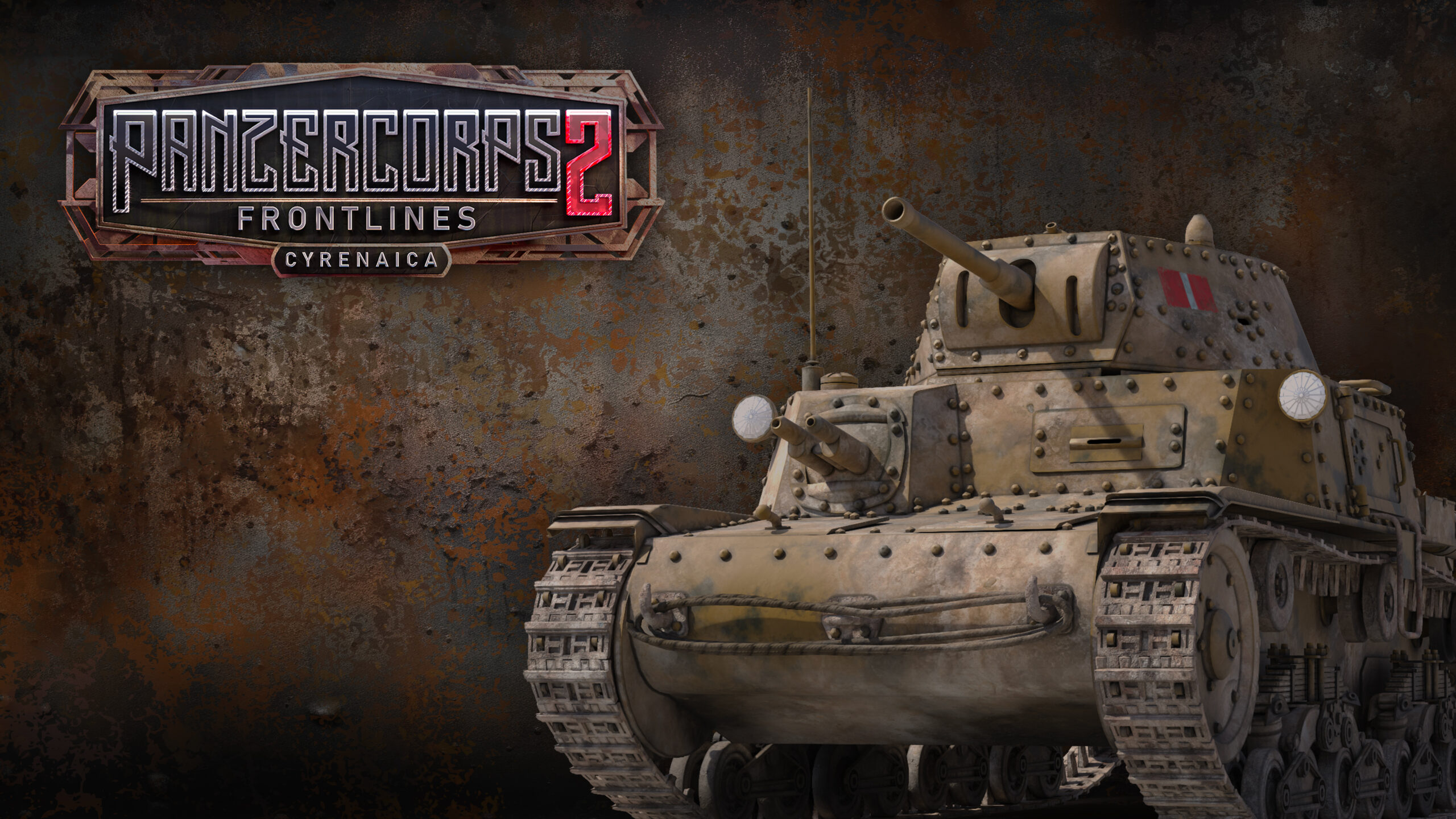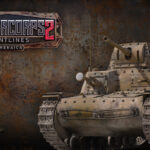Christmas might be over, but there is always one grand old man aside from Santa who wargamers will always welcome into our life. That man would be Gary Grigsby and his elves from 2by3 Games bearing with them a gift, a gift with a number two attached to it. When I came to know War in the East was back with a sequel after their last well-acclaimed War in the West, I was excited, elated even, and I was sure that other wargamers felt the same way too.
If you’re new to the computer wargaming scene, many regarded Gary Grigsby’s War in the East/West/ Pacific to be the hardest computer wargame and the granddaddy of wargames. The game or more of a simulator can reproduce almost every element of war, including weather, logistics, combat, movement, and more, to great details that can make any grognard excited.

The game does not shy away from revealing the painstaking computing that goes into crunching hundreds if not thousands of calculations in minutes when you blissfully click end turn. It’s a dream come true for most board wargamers of old.
Now, with that said, you should not be daunted by the game’s epic proportion on warfare simulation. Perhaps the most unexpected outcome from the granddaddy of computer wargames is the developers’ final realization that wargames, no matter how complex, can be played by almost anyone.
The latest entry is designed to be played by both casual and hardcore gamers alike. That is not to say that newcomers were barred from previous entries, but this time around. The game streamline of gameplay design allows minimum input from the players to start having fun. Partly thanks to the AI.
For instance, if you are coming from beer and pretzels titles like Panzer Corp 2, then simply moving your counters across the vast, beautiful map with a basic understanding of the combat movement stats, coupled with an attack or all-out attack, would equip you to finish the tutorial scenarios with a decisive victory. Yes, I have tested this.

It’s then not surprising when I came across a recent forum post from a player who wondered why the combat is any more complex than most have thought. Which, in my opinion, is true to an extend. However, later replies helped expose the deep grandiose, ambitious game mechanics that lie below the simple-looking counters and a pleasing map.
War in the West had an overhaul on their air mechanics, and most wargamers commented how it was a game of its own. Now, it has seen another overhaul with AI directives that allow the player to decide whether he/she wants a recon, ground support, air superiority, or others. It’s a nice brush stroke-like mechanic for players to decide on the optimal air campaign that will support their land operations. Personally, I find that using the ground support works best when I am offensively recoloring hexes with my digital chits.
War in the East 2’s main focus is still on the nuts and bolts of historical realism. You can expect accurate OOB across all theatres with historical outcomes from battles. Remember, it’s a wargame that simulates warfare with fair accuracy, and it’s not an RTS. So nothing here is balance.
This brings back one of the drawbacks of the game. Realism. In the middle of dedicating the experience to realism, War in the East 2 suffers the same fate as the great nations that fought in WW2. That is unbalanced forces in unfair situations. Although scenarios come with a difficulty slider, it does little to balance the forces outside from increasing or decreasing certain stats. You won’t have a single division extra than what was historically in place.

In the scenario Red God of War, which covers Operation Uranus, not a good experience for the Germans; your only goal is to survive the onslaught of the Soviet’s encirclement through no fault of your own except Hitler, of course!. As the noose tightens around your army groups, and your logistic situation is facing utter doom. You find yourself pouring through the mammoth 500 pages of manual to figure how logistics work at all.
However, as you feverishly flip through the logistic section, you start to notice that you have forgotten to convert your Soviet wider railroad gauge to the narrower Germans one. Like a two-ton truck, it suddenly hit you on why your troops weren’t able to get enough supply in your delusional ambition to conquer the Great East.
It’s usually around this time when most players realize they have crossed the line of no return. That line represents the boundary between a casual beer & pretzel wargamer and hardcode grognard. Before you realize it, you understand that having an engineering company following up on your gloriously newly acquired hex to repair and change the railroad gauge system is critical in your long-term conquest.

Even with all that, wouldn’t Gary Grigsby’s War in the East 2 still suffers from the monotonous all-seeing future that is historic wargaming? Well, yes, it still suffers from this, but to make it more lively and interactive, the news event now pops up with historical events that impact the battlefield. Like the Germans, if you think partisan counters popping up on the map isn’t annoying enough in the previous game, then in the sequel, they appear in the theatre box with a demand from the player to allocate valuable resources to deal with them or else!
I almost forgot to mention the addition of theatre boxes as the game’s abstract way to ease you in commanding your grand armies. Both sides have reserves being placed in the reserve box, which can be called reinforcements when needed. There is nothing to worry about for new players as this is considered an advanced feature, and players can leave the Theatre Boxes locked for early stages in most games.

Interdependent and interactive weather is introduced to War in the East 2. An ecosystem of weather provides an entertaining combination of effects on your army. The two main elements that play into the weather conditions are weather on the ground and weather in the air. Ground weather will affect your ground units like movement points and combat value, while air weather affects your air missions. So be careful not to send ground support missions during a bad storm, or you may have a repeat of the German’s airforce during the battle of the bulge. All these are tied to the climate zone across the map.
In gameplay terms, this translates to your troops getting bogged down by quagmires while making their way to Moscow. However, you are remised if you think that troop’s movements are all that will be affected. Your supply routes may not require your manual input; however, the AI will find the fastest route to your troops, and if bad weather is slowing down the usual routes, then the AI will be forced to leverage on others which takes a long time and caused unforeseen consequences such as your troops fighting without ammo and rations.
Weather is not only simulated but historically reflected in the game. There are special winter rules that take into account the Germans’ unpreparedness by causing heavier losses during the first winter of the invasion in 1941. Equally, the winters of 1943-44 were unusually mild; hence both sides would benefit from this historical outcome.

This brings us to the ultimate question that is, to buy or not to buy? As an avid wargamer, I would say, for God’s sake, what are you waiting for? However, as a careful (not really) consumer, I would advise you to consider if you have enjoyed the prequel? If the answer is no, then this game won’t change your mind. If you don’t own any of them but are curious and brave enough to peep into Gary Grigsby’s world of wargames, then you will be treated like the granddaddy it is with thousands of hours of unadulterated computer wargaming.







How much can you change higher level military and Logistics decisions? Can you change the focus of research and development? Can you put a different emphasis on what units are produced? Is it possible to play a version of the game where the weather is not historical but broadly consistent with other weather patterns that could have happened? Or is this very much a play the cards you have been dealt simulation?